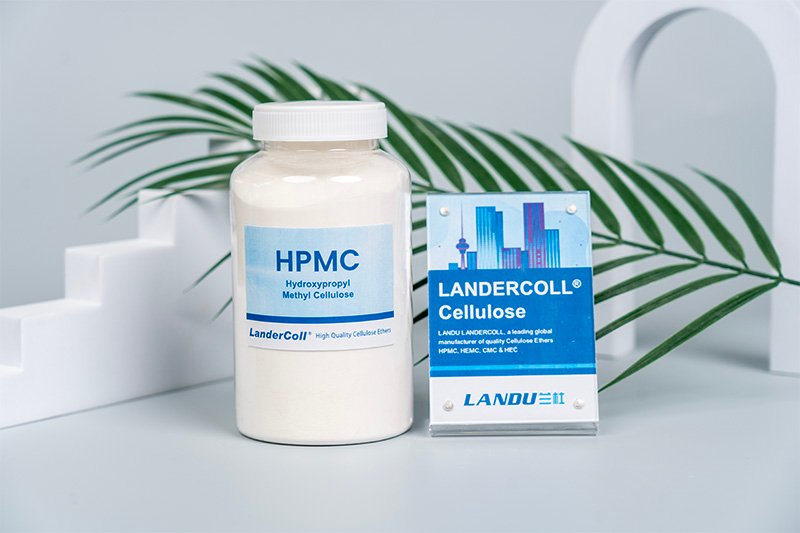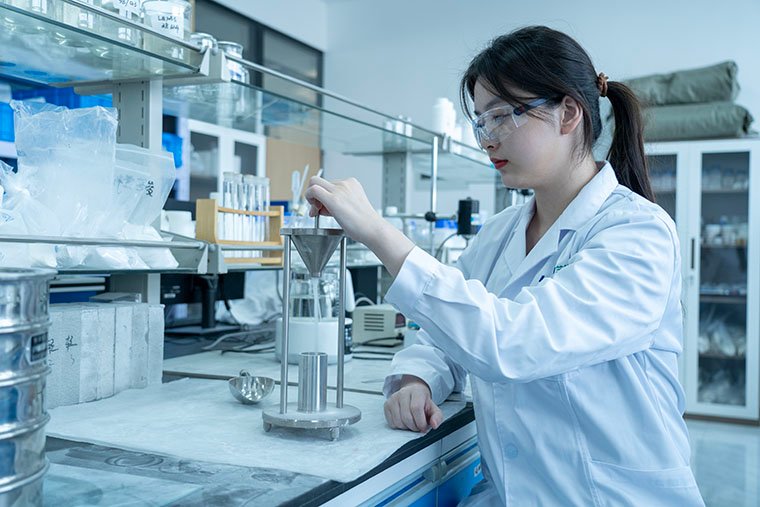Hydroxypropyl Methylcellulose (HPMC): High-Efficiency Adhesive and Water-Retention Thickener for External Wall Insulation Systems
Hello, I’m Cynthia Sun from SHANDONG LANDU.Today, I will take LANDERCOLL as an example to provide an in-depth analysis of the outstanding role of Hydroxypropyl Methylcellulose (HPMC) in enhancing the performance of external wall insulation systems.
ヒドロキシプロピルメチルセルロース(HPMC)とは何ですか?
ヒドロキシプロピルメチルセルロース(HPMC) is a non-ionic cellulose ether derived from chemically modified natural polymer materials. Due to its unique properties, HPMC has become an essential additive in the construction industry, particularly in external wall insulation systems.
The Core Role of Hydroxypropyl Methylcellulose (HPMC) in External Wall Insulation Systems
As a product expert at LANDU, I understand that HPMC plays a critical role in the following aspects, thereby enhancing the overall performance of external wall insulation systems:
1. Excellent Water Retention: Extends Construction Time and Enhances Bonding Strength
As an efficient water-retention agent, HPMC significantly reduces water loss in mortar, extending the workable time of the mortar and ensuring sufficient hydration of cementitious materials like cement. Adequate moisture is crucial for improving the bonding strength of mortar, which directly impacts the stability and durability of external wall insulation systems, an appropriate water-retention agent can effectively enhance the adhesion between mortar and walls.
2. Strong Thickening Effect: Improves Mortar Consistency and Optimizes Construction Performance
By increasing the consistency of mortar, HPMC makes it easier to apply and shape, significantly improving construction performance. Mortar with suitable consistency not only enhances construction efficiency but also reduces material waste during the process, lowering project costs. Especially in vertical construction, proper consistency can effectively prevent mortar slippage, ensuring construction quality.
3. Enhanced Bonding Strength: Prevents Cracking and Detachment, Ensuring System Safety
HPMC helps enhance the bonding strength between mortar or adhesives and walls or insulation boards, effectively preventing material detachment or cracking due to thermal expansion, contraction, or external forces. Cracking and detachment are among the primary causes of external wall insulation system failure, making enhanced bonding strength a critical measure for ensuring system safety and extending service life. LANDU LANDERCOLL’s HPMC products, processed with special techniques, offer better compatibility with other components, further improving bonding performance.
4. Optimized Mortar Lubricity: Reduces Cracking and Enhances Surface Smoothness
When mixed with mortar, HPMC improves its lubricity, making construction smoother, preventing cracking, and enhancing the smoothness and fullness of the finished surface. A smooth surface not only improves the aesthetic appeal of the building but also reduces the difficulty of subsequent decorative work. The use of LANDU LANDERCOLL HPMC products helps contractors achieve high-quality surface finishes with ease.
5. Promotes Bubble Structure Formation: Achieves Low-Density, High-Strength Insulation Materials
Combined with silicate cement, lightweight aggregates, and foaming agents, HPMC facilitates the formation of uniform bubble structures, resulting in low-density, high-strength insulation materials with low thermal conductivity. These materials offer excellent insulation performance and are lightweight, effectively reducing the structural load of buildings. Additionally, their low water absorption enhances durability.
LANDU HPMC: Your Ideal Choice
LANDU’s HPMC products have earned the trust of numerous customers due to their outstanding performance and consistent quality. Our HPMC offers the following notable features:
- Odorless, tasteless, non-toxic, safe, and environmentally friendly
- Easily soluble in cold and hot water, convenient to use
- Possesses multiple properties, including thickening, film-forming, dispersing, suspending, water retention, and surface activity
Typical Applications of Hydroxypropyl Methylcellulose (HPMC)
HPMC is widely used in various external wall insulation systems:
External Wall Insulation Mortar
As a bonding and finishing layer in external wall insulation systems, HPMC enhances the workability and film-forming properties of mortar, preventing excessive water loss or cracking during drying and hardening. LANDU offers various HPMC models to meet the needs of different mortar formulations.
Insulation Material Preparation
Combined with lightweight materials like vitrified microbeads and VAE polymer powder, HPMC is used to prepare cast or sprayed external wall insulation layers, ensuring uniform foaming, low density, and excellent mechanical properties. This application method effectively enhances the performance and construction efficiency of insulation materials.
結論
In summary, Hydroxypropyl Methylcellulose (HPMC) plays an indispensable role in external wall insulation systems. With its excellent water retention, thickening, and bonding properties, HPMC significantly enhances the workability, durability, and overall performance of these systems. Choose LANDUL HPMC to safeguard your construction projects!
To learn more about the applications of LANDU HPMC in external wall insulation systems, please click here to visit our product page. If you have any questions or needs, feel free to contact us, and we will be happy to assist you.



